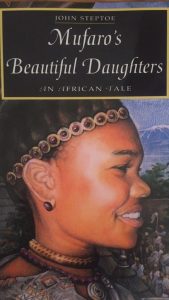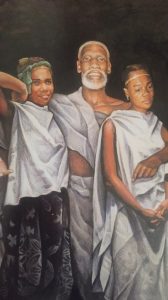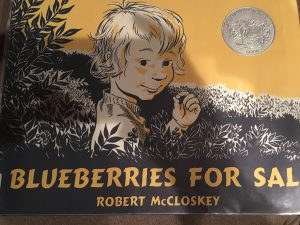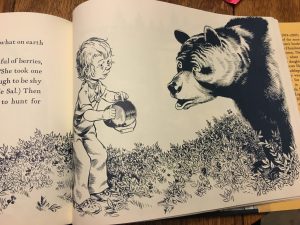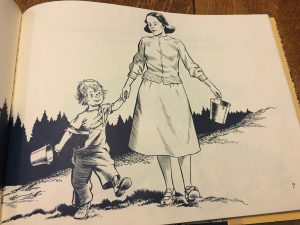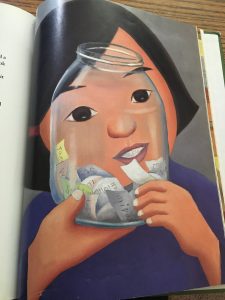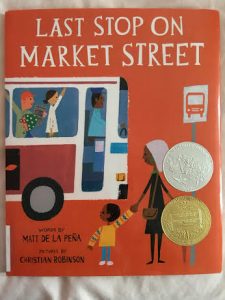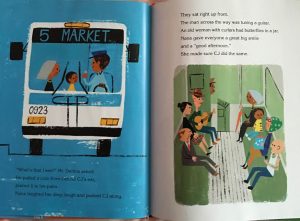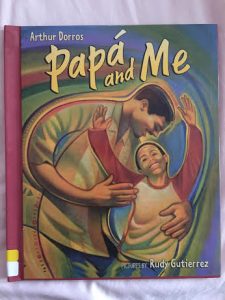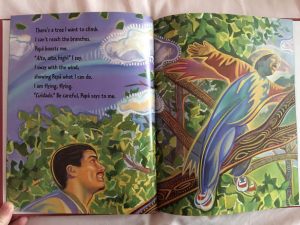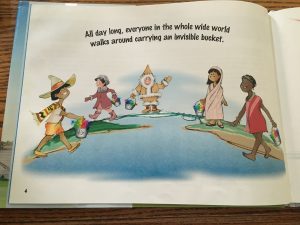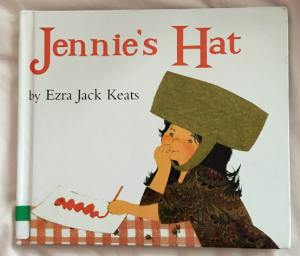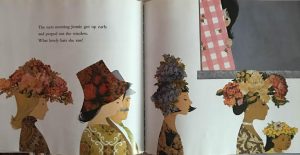 Title: Not Afraid of Dogs
Title: Not Afraid of Dogs
Author: Susanna Pitzer
Illustrator: Larry Day
Publisher: Walker Publisher Company, Inc. 2006
Number of pages: 32 Pages
Tags: Animals, Family, Fiction, K-1, Stephanie Prentice
Genre: Realistic Fiction
Analysis
In this story, Daniel explains that he is a very brave boy and is not afraid of many things such as spiders and thunderstorms. He even claims that he is not afraid of dogs, rather he just simply does not like them. When he realizes that his family has to watch their aunt’s dog, he goes to extreme measures to avoid interacting with the dog. After he finds the dog is scared of thunderstorms in the middle of the night, Daniel comforts the dog and realizes that he is not afraid of dogs after all.
Daniel’s compassion for helping others allows him to overcome his fear of dogs. The story line allows children to see that being afraid of things,  such as dogs, is normal and even common. The images, a Society of Children’s Book Writers and Illustrators’ Golden Kite Award for Illustrations winner, capture the emotions a child might have while facing their fears for the first time. For example, the cover picture shows Daniel climbing up a lamp post in the city when a group of dogs walk past him. Taking a first glance, the reader can easily tell the child is nervous and unfamiliar with dogs. The boy is usually placed on the opposite side of the dog, most of the time looking back to make sure he was safe from the dog. This is an accurate depiction of many other children who are afraid of or unsure of many animals. The text placement is not important in the story, however the author’s decision to emphasize Bandit’s howls in a different text size and alignment allows the reader to imagine the sound in their mind.
such as dogs, is normal and even common. The images, a Society of Children’s Book Writers and Illustrators’ Golden Kite Award for Illustrations winner, capture the emotions a child might have while facing their fears for the first time. For example, the cover picture shows Daniel climbing up a lamp post in the city when a group of dogs walk past him. Taking a first glance, the reader can easily tell the child is nervous and unfamiliar with dogs. The boy is usually placed on the opposite side of the dog, most of the time looking back to make sure he was safe from the dog. This is an accurate depiction of many other children who are afraid of or unsure of many animals. The text placement is not important in the story, however the author’s decision to emphasize Bandit’s howls in a different text size and alignment allows the reader to imagine the sound in their mind.
Overall, the pictures and text work together to tell the story. This book is a great way to show children that fears are rational and common. Daniel’s courage in overcoming his fear can encourage others to overcome their own fears. Daniel’s interaction with Bandit can prove helpful in showing children how to interact with unfamiliar dogs as well. In addition, it shows the common dynamic in the relationship between siblings when Daniel’s sister is often seen taunting Daniel about his fear of dogs. The story line allows many children who have siblings and a fear of dogs or animals to relate to the story.

